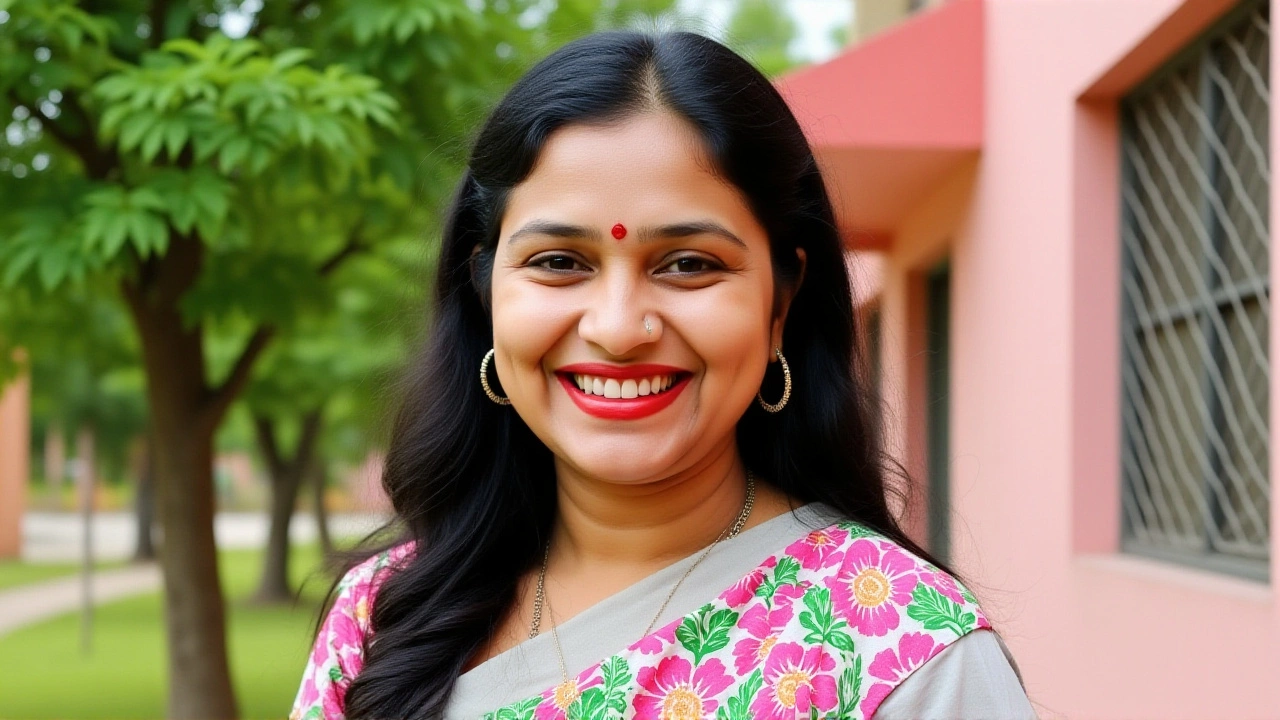When Tina Dabi, the District Collector of Barmer, stood before President Droupadi Murmu on November 20, 2025, she didn’t just accept an award—she accepted responsibility for a revolution. The Pratham Jal Sanchay Jan Bhagidari Award, the first of its kind, came with a ₹2 crore prize—not for speeches, but for saving lives. In a desert where women once died jumping into dry wells, Dabi’s Tanka Model turned rainwater into hope. And it worked.
From Tragedy to Transformation
The story begins in 2022, when 64 women in Barmer—some elderly, others mothers carrying children—lost their lives trying to reach water. Not from disease. Not from violence. From exhaustion. From thirst. The Thar Desert, already one of India’s driest regions, received barely 250 mm of rain annually. Groundwater had plunged to 200 feet below sea level. Women walked up to 8 kilometers daily, often at dawn or dusk, risking snakebites, heatstroke, and collapse.
Dabi, a 2015 UPSC topper with All India Rank 1, didn’t wait for permission. She visited the villages. Saw the empty tanks. Listened to the silence where water used to be. And then she did something radical: she brought the water home.
The Tanka Model wasn’t new—ancient Rajasthani communities had used rooftop rainwater storage for centuries. But Dabi made it mandatory, scalable, and safe. By policy, every new house built under the Pradhan Mantri Awas Yojana-Gramin (PMAY-G) had to include a sealed, covered tank. No exceptions. She partnered with the Rajasthan Public Health Engineering Department and used MGNREGA labor to install over 87,000 tanks by December 2024. Each one came with a hand pump and a lock—no more children falling in, no more women crawling into dangerous pits.
The Numbers That Changed a Region
The results weren’t theoretical. They were measurable. By October 2024, 92% of households in surveyed villages reported water collection time dropped from 3–4 hours to under 30 minutes. The Rajasthan State Laboratory confirmed water quality improved: fluoride and arsenic levels fell by 40–60% because rainwater, unlike groundwater, wasn’t leaching toxins from deep aquifers. Tanks retained potable water for 3–4 months—even through the scorching April heat.
And it wasn’t just tanks. Dabi’s team revived 1,200+ traditional water bodies—stepwells, ponds, and kunds—using community labor and micro-irrigation techniques. The Central Ground Water Board verified the changes. In January 2025, the Rajasthan government declared Barmer a ‘Model District for Water Conservation.’ For the first time in decades, children weren’t missing school to fetch water. Women had time to work, to learn, to breathe.
A Family of Public Servants
It’s easy to forget that behind every policy is a person. Tina Dabi, born in 1993, grew up in a family of civil servants. Her father, Jaswant Dabi, retired from the Indian Telecommunication Service. Her mother, Himali Dabi, left her government engineering post to raise Tina and her younger sister, Ria. That choice shaped Tina’s understanding of sacrifice—and service.
On the same day President Murmu honored Tina, Ria Dabi—now CEO of Udaipur’s District Council—accepted the second prize: ₹1 crore for Udaipur’s water conservation efforts. Udaipur’s work, led by District Collector Namit Mehta (on medical leave), focused on lake rejuvenation and groundwater recharge. But it was Barmer’s grassroots, household-level intervention that stole the spotlight. Two sisters. Two districts. One mission: water for all.
Why This Matters Beyond Rajasthan
Barmer isn’t unique. India has 731 districts. Over 200 face acute water stress. The Ministry of Jal Shakti has already begun drafting Phase 2 of the ‘Catch the Rain’ campaign. By March 2026, the Tanka Model is set to roll out in 115+ districts—from Bundelkhand to Vidarbha—guided by the National Institute of Rural Development and Panchayati Raj in Hyderabad.
This isn’t just about tanks. It’s about decentralization. About trusting communities. About using traditional knowledge—not as folklore, but as engineering. Dabi didn’t import technology from abroad. She resurrected what her ancestors knew: rain is a resource, not a nuisance. And when you store it right, it doesn’t just quench thirst—it restores dignity.
What’s Next?
Tina Dabi remains District Collector of Barmer. No promotion. No transfer. She’s staying put, overseeing maintenance, training new officers, and preparing for the next monsoon. Meanwhile, the Ministry of Jal Shakti is working on a mobile app to monitor tank water levels in real time. A pilot is running in 12 villages. If it works, it could become a national dashboard.
There’s talk of a documentary. A book. A school curriculum module. But Dabi’s quiet. She says the real heroes are the women who now fill their own tanks without fear. The ones who say, ‘We don’t have to walk anymore.’
Frequently Asked Questions
How did the Tanka Model reduce waterborne illnesses in Barmer?
Before the Tanka Model, villagers relied on contaminated groundwater with high fluoride and arsenic levels, leading to skeletal fluorosis and skin lesions. Rainwater stored in sealed tanks had naturally low mineral content and was protected from animal and human waste. Rajasthan State Lab tests showed a 60% drop in waterborne disease reports within 18 months of implementation.
Why was the award given to Tina Dabi and not the state government?
The Pratham Jal Sanchay Jan Bhagidari Award specifically honors *community-led* innovation, not bureaucratic achievement. While the state provided funding, it was Dabi’s direct engagement with villagers, her policy mandates for new homes, and her collaboration with local panchayats that made the model work. The award recognizes grassroots leadership, not top-down administration.
What role did women play in the success of the Tanka Model?
Women weren’t just beneficiaries—they were co-designers. Dabi held over 300 village meetings with women’s self-help groups to refine tank design, placement, and maintenance. They insisted on locks to prevent contamination and hand pumps to avoid bending down. Their feedback turned a technical project into a social movement.
How is the Tanka Model different from other rainwater harvesting schemes in India?
Most schemes focus on large ponds or community tanks. Dabi’s innovation was making it *household-level*, mandatory, and integrated with housing policy. By tying tank installation to PMAY-G subsidies, she ensured 100% coverage in new homes. No incentives. No opt-outs. Just water as a right, not a privilege.
Can this model work in cities?
Yes—already being tested in semi-urban towns like Jodhpur and Ajmer. The challenge is space. But rooftop harvesting on apartment complexes, coupled with underground recharge pits, is being piloted. The core principle—store rain where it falls—applies everywhere. Cities just need the political will to make it mandatory.
What’s the long-term sustainability plan for the tanks?
Each tank has a maintenance fund of ₹500 per household, collected annually through local panchayats. A ‘Water Guardian’—usually a retired teacher or anganwadi worker—is trained to inspect tanks, clean filters, and report leaks. The Ministry of Jal Shakti is developing a QR code system so residents can scan and report issues via WhatsApp, creating a real-time feedback loop.



